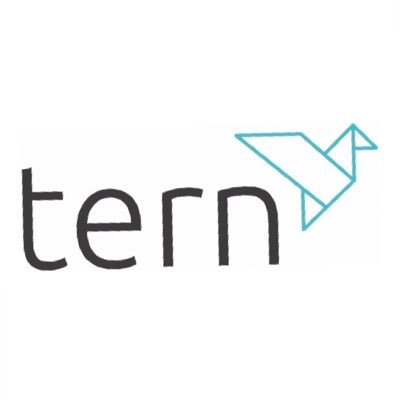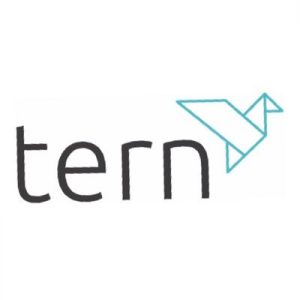Empirical evidence has long driven healthcare innovation, but the rapid deployment of digital solutions is generating vast quantities of data, offering new opportunities for data-driven patient care. Digital healthcare encompasses various technologies, including mobile health apps, electronic health records, wearable devices, telehealth, and personalised medicine. The challenge is to utilise this data to enhance frontline services and patient outcomes.
Data-driven healthcare transforms patient care in several ways. It enables new research opportunities by combining large datasets with AI technologies, improving treatment options and outcomes. Medical imaging benefits from AI-powered algorithms that enhance diagnostic accuracy and speed. Administrative efficiency is boosted by data-driven solutions that streamline processes and reallocate resources to patient care.
Strategic planning is informed by analysing health data from different demographic groups, directing resources where needed most. Patient monitoring through wearable devices and predictive models allows for early intervention in potential health issues. Improved collaboration is facilitated by the easy sharing of electronic patient records among healthcare providers, enhancing coordinated care.
Personalised medicine is becoming more feasible with comprehensive records and AI, tailoring treatment plans to individual genetic and medical profiles for more effective and timely interventions. The ultimate goal is to create a comprehensive view of a patient’s lifetime healthcare journey, optimising health and care experiences through advanced personalisation and predictive analysis.
By 2030, healthcare organisations are expected to function as data businesses, collecting and interpreting data from various sources to improve patient care. This transformation requires an urgency to change, a guiding coalition, and a senior vision to drive future advancements. Data-driven healthcare is already significantly impacting patient care, with the potential for even greater improvements in the future.
Tern plc (LON:TERN) backs exciting, high growth IoT innovators in Europe. They provide support and create a genuinely collaborative environment for talented, well-motivated teams.


